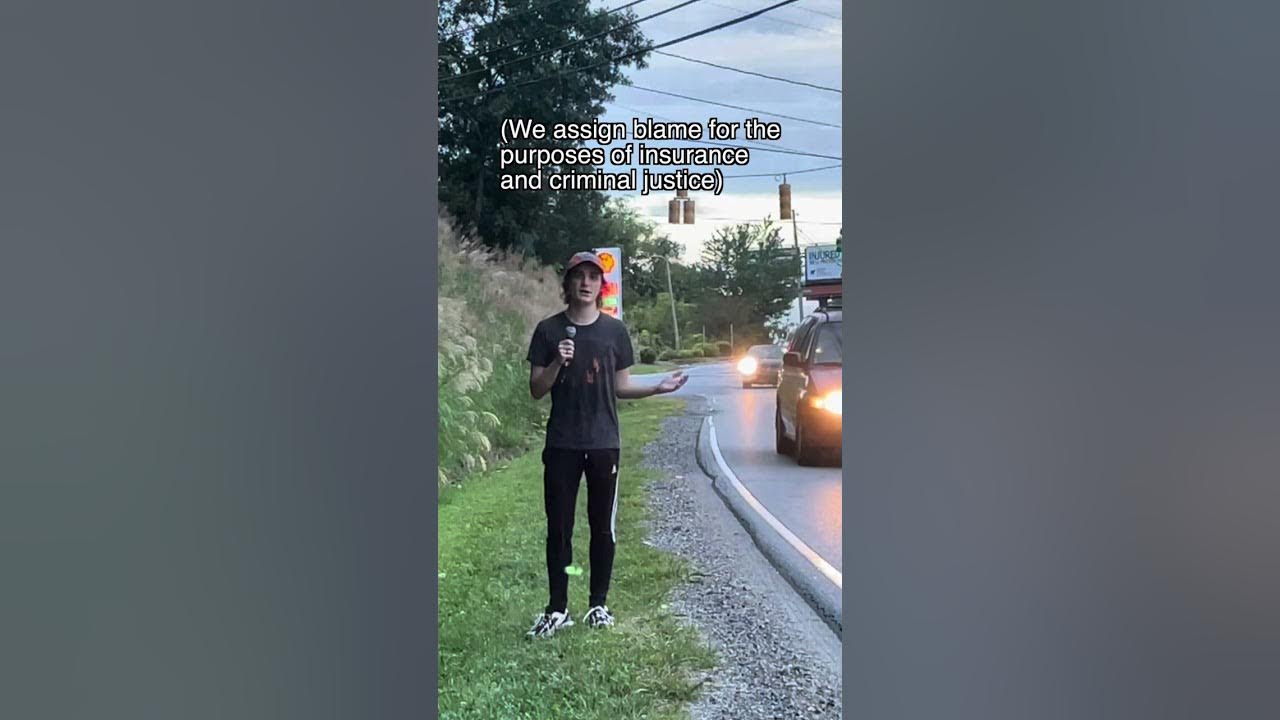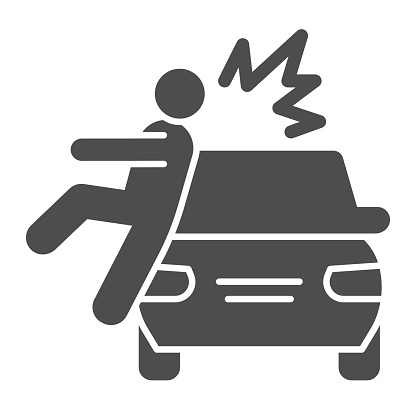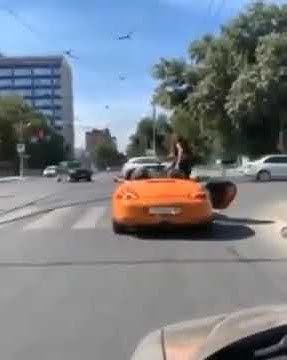

Zoning is a very important topic, but if someone doesn’t have any passion for it, then it’s better for them to focus on vehicle design than nothing.
Try not to control how other people help - you may have more success posting and commenting about zoning issues and actions in your community to bring awareness and dialogue than discouraging others from focusing on truck-specific issues. 🙂










How has your experience been so far?